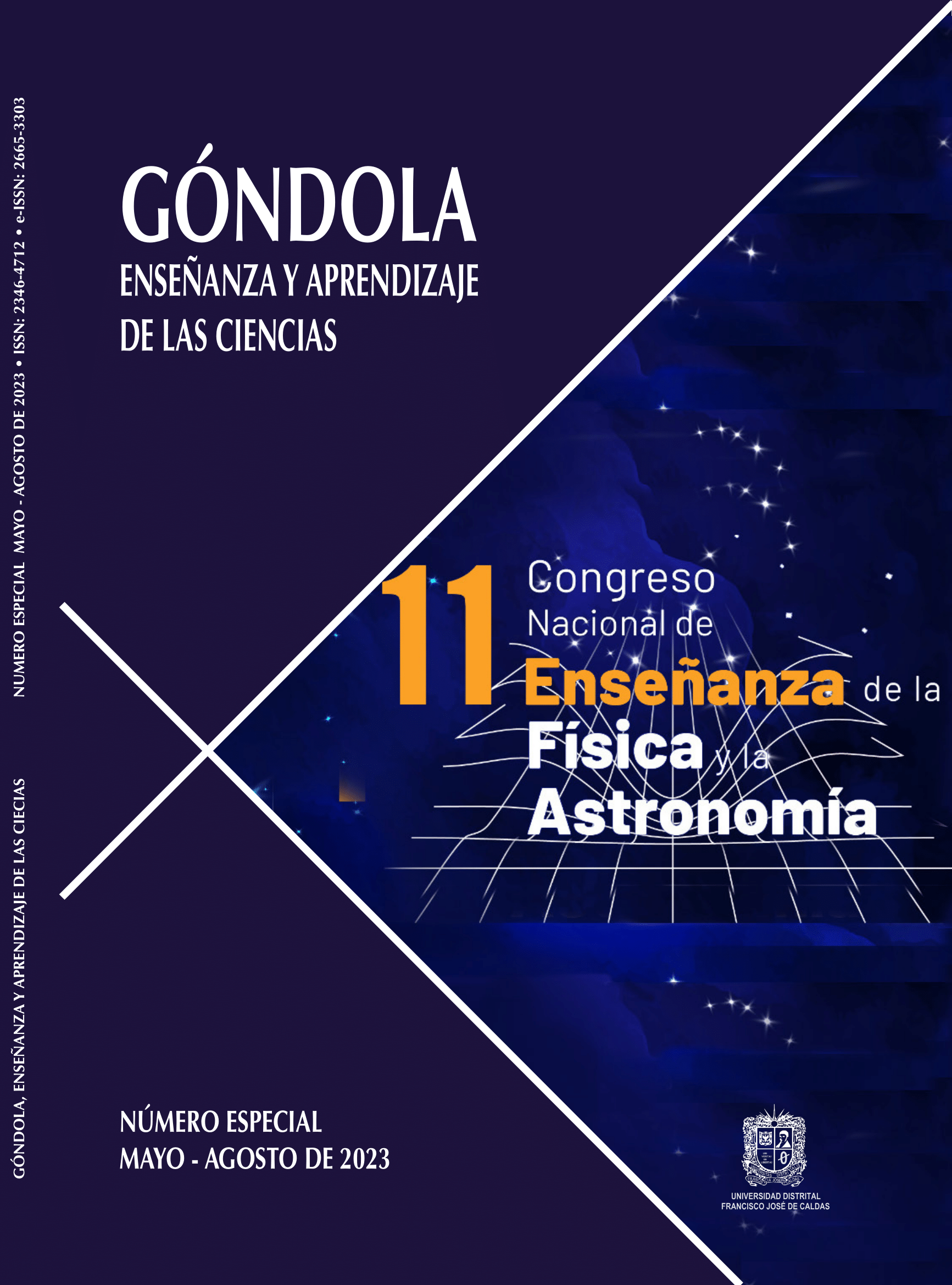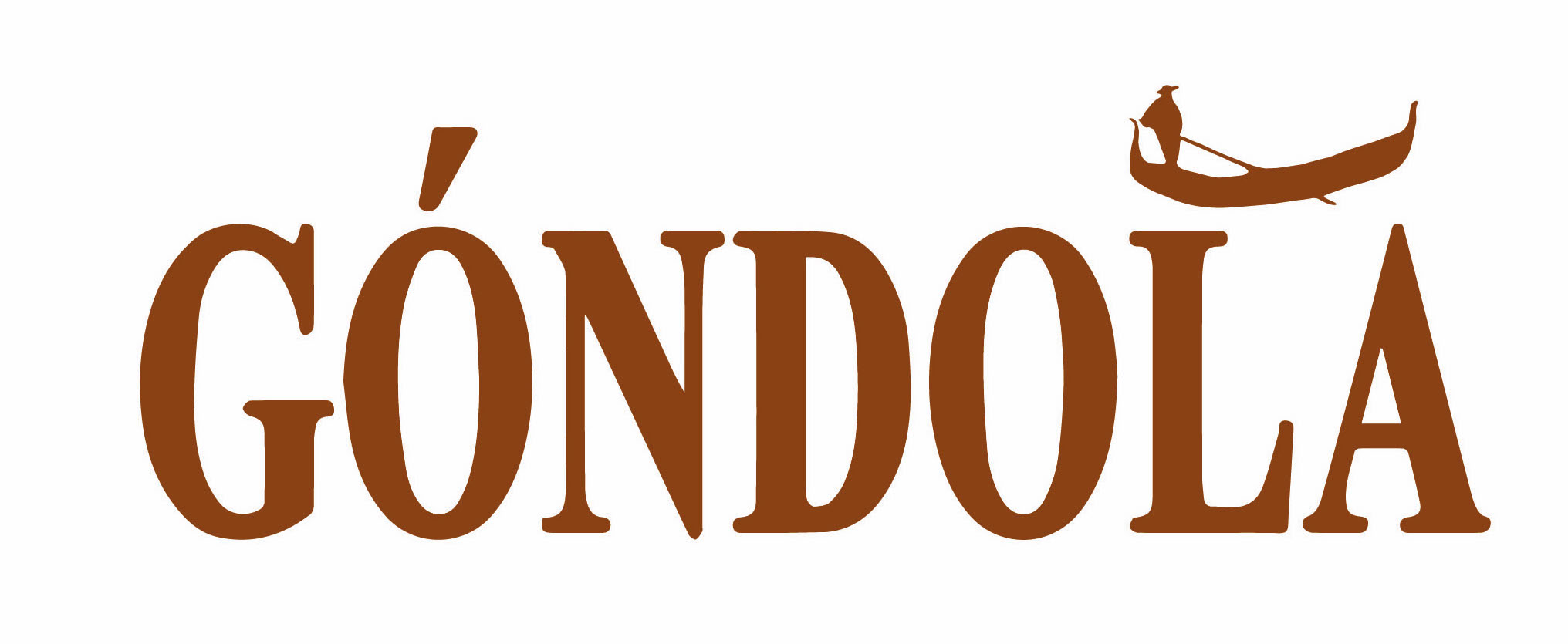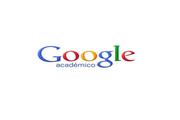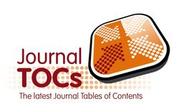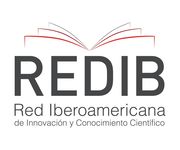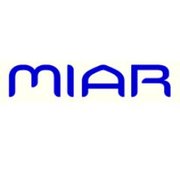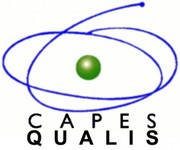DOI:
https://doi.org/10.14483/23464712.21398Published:
2023-10-10The Photoelectric Effect: An Example of the Mediation o f Teaching Learning Processes with Google Collaboratory
El Efecto Fotoeléctrico: Un Ejemplo de la Mediación en Procesos de Enseñanza y Aprendizaje Mediante el Google Collaboratory
O Efeito Fotoelétrico: Um Exemplo da Mediação dos Processos de Ensino-Aprendizagem com O Google Colaboratório
Keywords:
Teaching technique, history, computer science, physics (en).Keywords:
Técnica de enseñanza, Historia, Ciencias de la computación, Física (es).Keywords:
Técnica de ensino, história, ciência da computação, física (pt).Downloads
Abstract (en)
The photoelectric effect, is a legendary experiment carried out masterfully by Robert Andrews Millikan, a renowned experimentalist, who despite his continuous contradictory opinions and conclusions about the observed quantum phenomena, historically was an essential protagonist in theconstruction of quantum physics. In this experiment, Albert Einstein's theoretical explanation of the photoelectric effect was confirmed, a precise determination of Planck's constant was obtained, and furthermore, it induced the beginning of the characterization of photoelectric materials. In this work, the photoelectric effect experiment, is used to implement an example of the mediation of teaching-learning processes with Google Collaboratory. This proposal, is part of the flow of events in the context of the new trend that emerges in the scenario of scientific, technological and technical development, is the beginning of a new and radical way to develop science, education and culture to continue constructing the scientific discourse of our time.
Abstract (es)
El efecto fotoeléctrico es un experimento legendario llevado a cabo magistralmente por Robert Andrews Millikan, un experimentador de renombre, quien a pesar de sus opiniones y conclusiones contradictorias sobre los fenómenos cuánticos observados, fue históricamente un protagonista esencial en la construcción de la física cuántica. En este experimento se confirmó la explicación teórica de Albert Einstein sobre el efecto fotoeléctrico, se obtuvo una determinación precisa de la constante de Planck y, además, se inició la caracterización de los materiales fotoeléctricos. En este trabajo, el experimento del efecto fotoeléctrico se utiliza para implementar un ejemplo de mediación de los procesos de enseñanza-aprendizaje con Google Collaboratory. Esta propuesta forma parte del flujo de eventos en el contexto de la nueva tendencia que surge en el escenario del desarrollo científico, tecnológico y técnico, y marca el comienzo de una forma nueva y radical de desarrollar la ciencia, la educación y la cultura para seguir construyendo el discurso científico de nuestro tiempo.
Abstract (pt)
O efeito fotoelétrico é um experimento lendário realizado com maestria por Robert Andrews Millikan, um renomado experimentalista, que, apesar de suas opiniões e conclusões contraditórias contínuas sobre os fenômenos quânticos observados, historicamente foi um protagonista essencial na construção da física quântica. Neste experimento, a explicação teórica de Albert Einstein sobre o efeito fotoelétrico foi confirmada, obteve-se uma determinação precisa da constante de Planck e, além disso, induziu-se o início da caracterização de materiais fotoelétricos. Neste trabalho, o experimento do efeito fotoelétrico é utilizado para implementar um exemplo de mediação dos processos de ensino-aprendizagem com o Google Collaboratory. Essa proposta faz parte do fluxo de eventos no contexto da nova tendência que emerge no cenário do desenvolvimento científico, tecnológico e técnico, sendo o início de uma forma nova e radical de desenvolver ciência, educação e cultura para continuar construindo o discurso científico de nosso tempo.
References
Ajzenber. F. (1967). Melissinos, AC-Experiments in Modern Physics. 1st Edition, Academic Press.
Ayars, E. (2013). Computational Physics with Python. California State University. https://www.academia.edu/download/45517350/comp-phys-python.pdf
Baume, L. (2021). Breve introducción a Google Colab. http://fcaglp.unlp.edu.ar/~gbaume/grupo/Publicaciones/Apuntes/GoogleColab.pdf
De Aquino, F. (2014). A New Approach on the Photoelectric Effect. https://hal.archives-ouvertes.fr/hal-01092490/
Deaza, P. (2015) Python Science, UD Editorial, Compilación, paginas 79-85, Universidad Distrital Francisco José De Caldas. Primer Simposio Internacional de Formación de Profesores Universitarios.
Deaza, P. (2021) Mediando Procesos Enseñanza Aprendizaje con Google Colaboratory. Memorias, Universidad Distrital, Planestic VIRTUAL-UD.
Einstein, A. (1905). On a heuristic point of view concerning the production and transformation of light. Annalen der Physik, 1-18.
Eisberg, R. M., & Resnick, R. (1978). Física cuántica. Limusa.
Eisenstaedt, J. (2015). Antes de Einstein: relatividad, luz y gravitación. Fondo de Cultura Económica.
Gallardo, S. (2010, 8 marzo). Historia de la luz: El primitivo deslumbramiento (Capital Intelectual- Estación Ciencia) (Spanish Edition) (1.a ed.). CAPITAL INTELECTUAL.
Galili, I. (2008). History of Physics as a tool for teaching. Connecting Research in Physics Education with Teacher Education, International Commission on Physics Education, available in: http://web.phys.ksu.edu/icpe/Publications/teach2/index.html.
García Castañeda, M., & Ewert De-Geus, J. (2003). Introducción a la física moderna (No. 539 G164i Ej. 1). Universidad Nacional De Colombia.
Garver, W. P. (2006). The photoelectric effect using LEDs as light sources. The physics teacher, 44(5), 272-275.
https://doi.org/10.1119/1.2195395
Granés S., J. G. (1988). Newton y el empirismo: una exploración de las relaciones entre sus concepciones del conocimiento del mundo natural. Universidad Nacional de Colombia.
Güémez, J., & Fiolhais, M. (2018). Relativistic description of the photoelectric effect. American Journal of Physics, 86(11), 825-830. https://doi.org/10.1119/1.5052359
https://doi.org/10.1119/1.5052359
Hertz, H. (1887). Ueber einen Einfluss des ultravioletten Lichtes auf die electrische Entladung. Annalen der Physik, 267(8), 983-1000.
https://doi.org/10.1002/andp.18872670827
Liu, L. (2007) Determination of Planck's Constant Using the Photoelectric Effect. http://web.mit.edu/lululiu/Public/pixx/not-pixx/photoelectric.pdf
Llandres, M. Y., Béjar, C. C., & Illera, M. B. (1996). La luz a través de la historia (I). De los griegos a Newton. La luz a través de la historia (II). el siglo de las ondas. La luz a través de la historia (III). La dualidad onda corpúsculo. https://www.youtube.com/watch?v=rgh6azo9KeI.
Millikan, R. A. (1916). A direct photoelectric determination of Planck's" h". Physical Review, 7(3), 355.
https://doi.org/10.1103/PhysRev.7.355
Niaz, M., Klassen, S., McMillan, B., & Metz, D. (2010). Reconstruction of the history of the photoelectric effect and its implications for general physics textbooks. Science Education, 94(5), 903-931.
https://doi.org/10.1002/sce.20389
Portis, A. M. (1974). Laboratorio del curso de física. Berkeley. Reverte.
Rodríguez-Meza, M. A., & Cervantes-Cota, Jorge L. (2006). El efecto fotoeléctrico. CIENCIA ergo-sum, Revista Científica Multidisciplinaria de Prospectiva, 13(3),303-311. [fecha de Consulta 5 de octubre de 2022]. ISSN: 1405-0269.
Rossum, G. V. (2009). El tutorial de Python. Recuperado de: http://docs.python.org.ar/tutorial/pdfs/TutorialPython2.pdf .
Sanz, O. M. D. L. F. (2019). Google Colab: Python y Machine Learning en la nube. Adictos al trabajo, 4.
Trabulse, E. (2013). La ciencia en el siglo XIX. Fondo de Cultura Económica.
How to Cite
APA
ACM
ACS
ABNT
Chicago
Harvard
IEEE
MLA
Turabian
Vancouver
Download Citation
License
Copyright (c) 2023 Autor y Góndola. Enseñanza y Aprendizaje de las Ciencias

This work is licensed under a Creative Commons Attribution-NonCommercial-NoDerivatives 4.0 International License.
Gondola, Ens Aprend Cienc. is an open-access publication, free of charge for authors and readers. The publication, consultation or download of the contents of the magazine does not generate any cost for the authors or the readers, since the Francisco José de Caldas District University assumes the expenses related to edition, management and publication. The peer evaluators do not receive any economic retribution for their valuable contribution. The work of all the actors mentioned above is understood as a contribution to the strengthening and growth of the research community in the field of Science Education.
As of December 1, 2018 the contents of the journal are published under the terms of the Creative Commons License Attribution-Noncommercial- ShareAlike 4.0 International (CC-BY-NC-SA 4.0), under which others may distribute, remix, retouch, and create from the work in a non-commercial way, give credit and license their new creations under the same conditions.
The copyright holders are the authors and the journal Gondola, Ens Aprend Cienc. The holders retain all rights without restrictions, respecting the terms of the license in terms of consultation, downloading and distribution of the material.
When the work or any of its elements is in the public domain according to the applicable law in force, this situation will not be affected by the license.
Likewise, we encourage authors to deposit their contributions in other institutional and thematic repositories, with the certainty that culture and knowledge is a good of all and for all.

